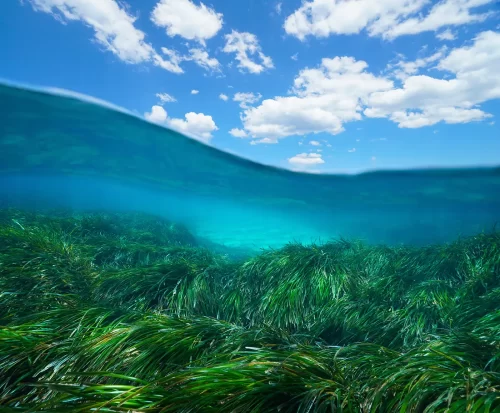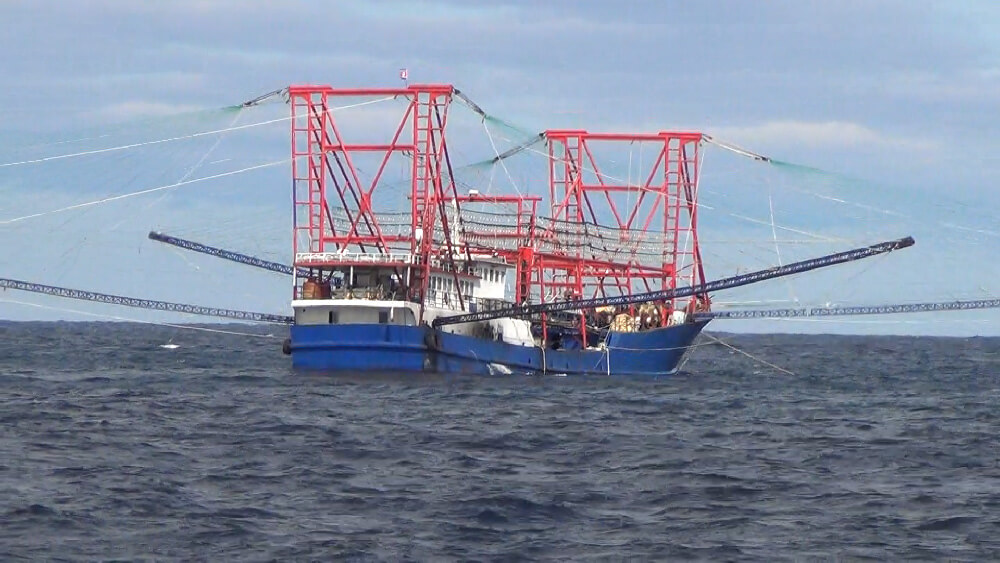
© Ulleung-gun County Office
The Issue
Squid provides a vital source of income for fishers in Japan and South Korea—but since 2003, squid populations in the two countries had plummeted by around 80 percent. Both countries introduced measures to reduce fishing pressure, but the trend remained the same. It was then that we realized an important question had gone unanswered: what was taking place throughout the waters of neighboring North Korea?
At first glance, there were signs that something was awry. Large numbers of industrial vessels were seen heading towards North Korea from China, despite U.N. sanctions banning foreign fleets from fishing in the waters of the rogue state.
And there was another tragic trend: hundreds of small fishing boats from North Korea were washing up along the coast of Russia—their crews missing, starving or dead.

Our Work
We started looking into the problem in 2018. There was little indication of industrial fishing in North Korean waters on our map. This, we suspected, was because the vessels were going “dark”—that is, not publicly broadcasting their location or appearing in public monitoring systems.
So we had to try another approach. An international team of researchers used our machine learning techniques to combine AIS signals with radar and satellite images—and the dark fleet came to light.
We found more than 900 large vessels of Chinese origin fishing in North Korean waters, in violation of U.N. sanctions. Estimates suggest they caught nearly half a billion dollar’s worth of Pacific flying squid from 2017-2018, measuring more than 160,000 metric tons, or as much as Japan and South Korea’s catch combined.
We also spotted around 3,000 small-scale North Korean vessels washed ashore on far-off coasts in Russia and Japan—likely because they were unable to compete with the industrial operators that had inundated their home fishing grounds. Most of these were small wooden boats, not meant for long-distance voyages.
Our study, Illuminating dark fishing fleets in North Korea, received international attention for bringing this problem to light. In the year after the paper was published, we observed about 50 percent fewer vessels in comparison to previous years. And the presence of North Korean small-scale boats washing up on the distant shores of other countries nearly vanished.
“The scale of the fleet involved in this illegal fishing is about one-third the size of China’s entire distant water fishing fleet. It is the largest known case of illegal fishing perpetrated by vessels originating from one country operating in another nation’s waters. By synthesizing data from multiple satellite sensors, we created an unprecedented, robust picture of fishing activity in a notoriously opaque region.”
Jaeyoon Park,senior data scientist, Global Fishing Watch

